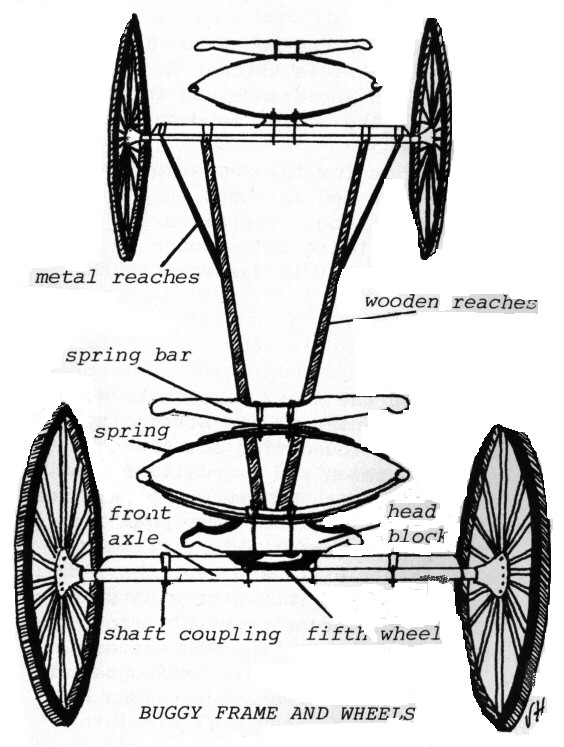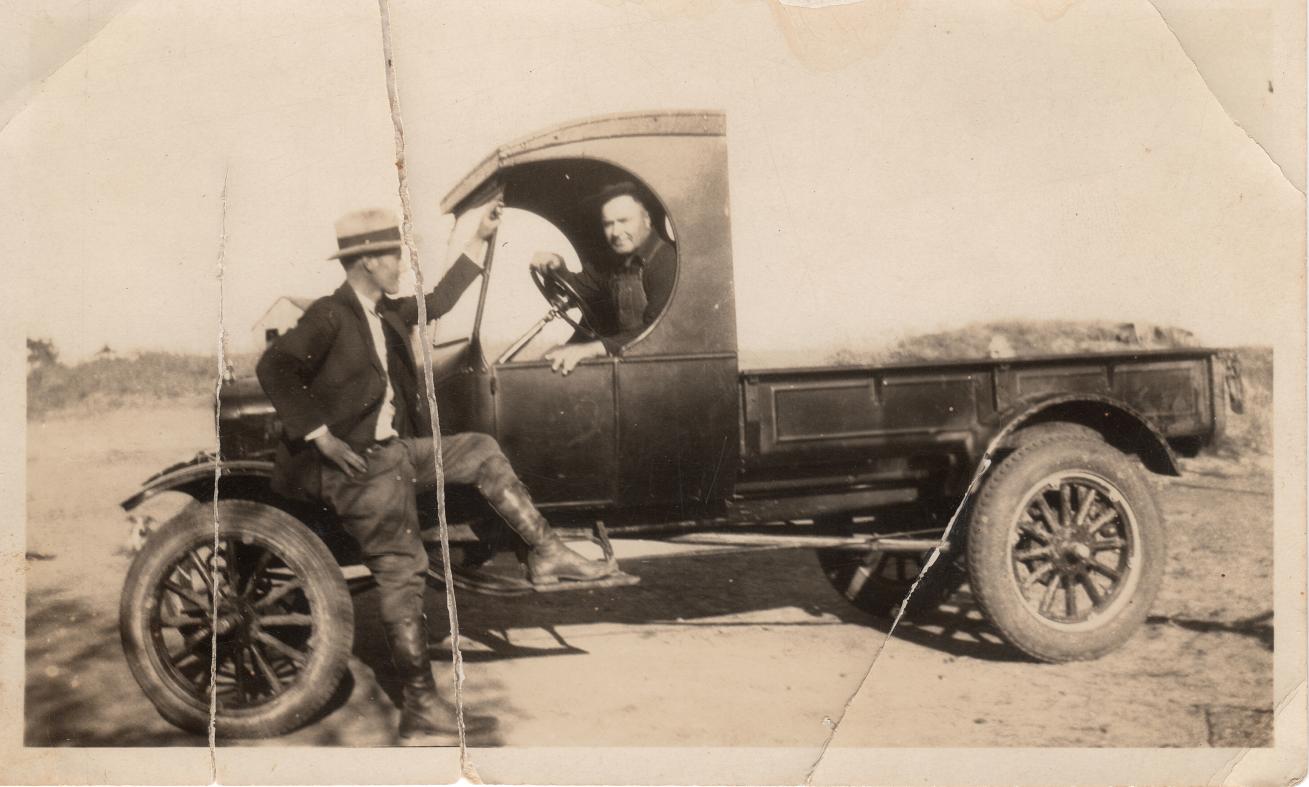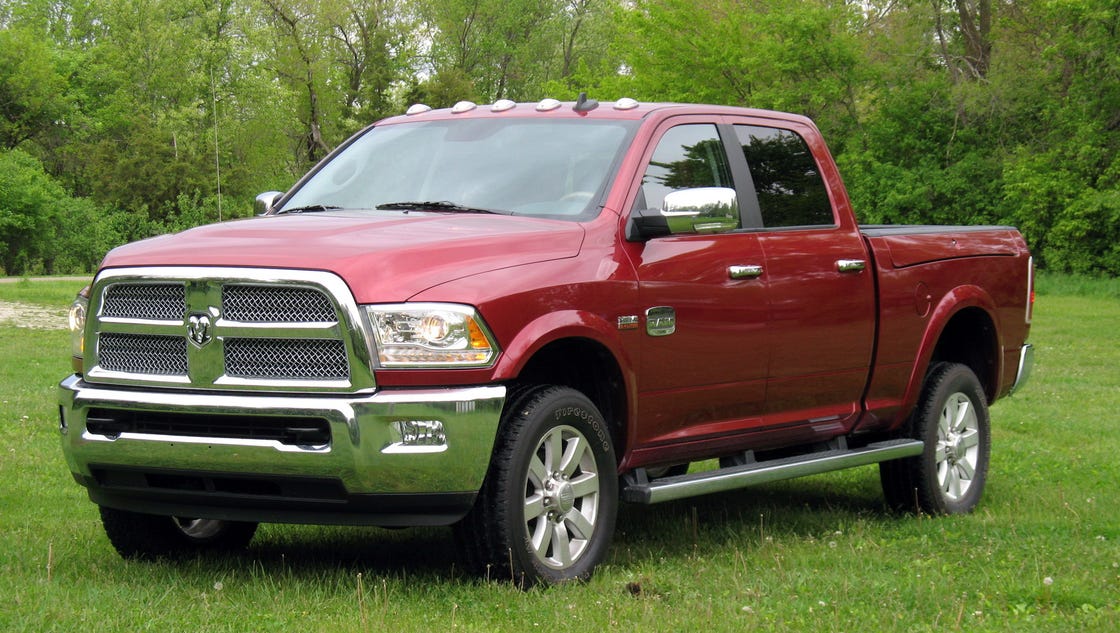Model P is such an obvious next step. Pickup trucks are the top choice (#1, 2, 3 are Fseries, Silverado and Ram in 2016) in the US. If you want to change the whole country's view of EV and alternative fuels you need to include the white collar truck drivers and their bosses. Especially in oil rich areas.
I think of the Model P 90D of more a GMC Sierra Denali, Cadillac or Lincoln Blackwood. A truck that the foreman or owner drives, which is both luxury and utility, to retain respect from the workers and shows accomplishment. Then a simpler, Model P 75D, is the equivalent Chevy or Ford version, which can be available for workers.
The actual R&D shouldn't be too much more than the X considering it already hauls 5,000lbs. A little development and a true truck competitor will emerge from Tesla.
The mostly men and mostly suburban and rural buyers of those trucks are the most resistant to electric vehicles. These are the people going on about "clean coal" and modifying diesel pickups to spew as much black exhaust as possible:
That people who are buying those trucks today will largely resist an electric truck, even if it is better. They are so brand loyal they will keep buying the same brand, even when one of the other two truck makers comes out with something better. A friend of mine's husband is so ill with diabetes he can barely walk. Getting into his Dodge Ram truck is so difficult he rarely drives it anymore and takes their minivan. He won't consider anything but Chrysler, despite the company's decline (they recently announced they are going to stop making cars in the US to concentrate on trucks) and talks about getting another pickup, even though he can't drive the one he has.
People are stuck thinking about Tesla as a luxury vehicle brand. Elon Musk has said many times that's just temporary. His goal is to make cars for everyone, to be another Ford or Toyota, not a BMW or Mercedes. They make only expensive cars now because that was always part of the plan. The Model 3 is the transition to a mainstream car. And they will make a mainstream truck too.
However, they would be fools not to focus on fleet sales first. Fleet buyers don't have the brand loyalty individual buyers might have. They go with the bottom line and if an EV pickup is cheaper, they will buy it. Tesla could easily sell 1 million + trucks a year just focusing on this market.
I'm sure they will have a higher trim truck available for individuals who want a pickup but aren't locked into the ultra brand loyalty the big three have with their trucks. I'm sure such a truck will sell in numbers on par with the Model S and X today, at least initially. Over time the personal EV truck market will grow and new consumers not as blinded by old brand loyalty come into the market (many of whom will be pre-disposed to want an EV) and some of the old breed will grudgingly switch when they finally admit an EV pickup is better.
By the time the die hards are switching one or more of the Big 3 could be out of business and/or Tesla will own at least one of them. Stranger things have happened, AOL bought Time/Warner.
I think that a whole lot of 'nudging' has been done over the past few decades. The US market has caused quite a bit of changes to take place in a lot of product lines. Quite a few have felt it was 'unfair' to 'game the system', but I disagree. If a car meets the letter of the law, that by default means it also supports the spirit of the law.
The Honda Accord was first classified as a Midsize car in 1990, and traditional automobile manufacturers (particularly the Detroit Big Three) protested that assessment. They felt it wasn't truly Midsize, because of its length and weight compared to their own offerings. But they overlooked even then that the classification was based on interior volume and cargo space. The Accord just barely qualified as Midsize, but it DID qualify.
If a consumer is going out shopping for a new car, they do tend to look in a given classification and if a car officially fits into that category, they might give it a look when they wouldn't before. However, I also think it's confusing for a car company to have two or three midsized cars in their lineup.
The reason other manufacturers protested is because the Accord also met CAFE regulations, and met CARB requirements to be classified as a Zero Harmful Emissions Vehicle, while also passing all the NTSB/NHTSA safety crash tests with high marks. Oh, and that version of the Accord went on to be the best selling car in the US that year. Detroit didn't like this because it proved all their own points wrong.
They insisted that it was impossible to build safe, small cars. They insisted it was impossible to sell large, fuel efficient cars. They insisted that it was impossible to meet emissions requirements while also building the types of vehicles the American public wanted to buy.
That is a specific instance that I don't think is completely relevant today. There are more midsized cars available today, but nobody has really come out with better fuel economy than anyone else. In fact the fuel economy of a lot of car models as declined as they got bigger.
Why? The Honda CR-V is basically a Civic Tallwagon. As the Civic has grown in size, so has the CR-V. And both have grown in US sales as they've become larger as well. It seems the Tesla Model ☰ as is will be perfectly placed to be a platform to be used to go after the smaller SUV/Crossover market with its Model Y and/or Crossover design.
Currently, the Honda Civic has a 106" wheelbase, while the CR-V has a 103" wheelbase. At 345,647 units sold in 2015, the CR-V was the single best selling SUV in the United States. The Toyota RAV4 came in at #2 with 315,412 units sold. And at #3 was the Ford Escape with 306,492 units. Considering those numbers, Tesla is well placed to take on them all, while absolutely demolishing sales of Acura, AUDI, BMW, Cadillac, Infiniti, Lexus, and Mercedes-Benz offerings in that size class.
I say that because the Model 3 isn't anywhere near the size of the Civic. It's dimensions are bigger than the current Honda Accord. By EPA standards the Model 3 may end up classed as a large car.
The known dimensions of the Model 3 are 184 inches long, 56.5 inches high, 74.2 inches wide, and 113 inch wheelbase. The current Accord is 57.7 inches high, 109.3 inch wheelbase, 73 inches wide, and 190-193 inches long. The Civic has a 106.3 inch wheelbase, with a 177-182 length, and is 71 inches wide.
The M3 is a little shorter than the Accord, but it's wider with a longer wheelbase. The M3 is bigger than the Civic in every dimension.
Any SUV built on that platform won't be considered anything close to a compact SUV. The width and wheelbase of a platform are the two dimensions that can't be changed cheaply and rarely are. So any SUV built on the M3 platform will start with a 113 inch wheelbase are pretty close to 74 inches wide (it could vary a little if the body flares out a little more or less).
I think that once Tesla Motors offers a heavy duty long range full sized pickup truck, their success is guaranteed. 300 miles range, with 150+ mile range while towing 15,000 lbs, would mean they could sell every single one they built.
At this point the only thing that could kill Tesla would be a major screw up on their part (the Model 3 ends up being a disaster nobody wants) or something external happens like the economy craters as bad or worse than 2008. I see the Tesla pickup as moving them from a solid niche brand into a full scale competitor to the Big 3. That is a tipping point, but a different one than the viability tipping point.
Hence, why NADA is working overtime to make sure as few people as possible have an opportunity to experience a Tesla Motors product first hand in the US. Here's an example of their Scareducation:
More FUD.
And yet, for all their strength, the 'independent franchised dealerships' are continually allowed to maintain the fiction that they are mom & pop shops that barely squeeze by on a pitiful profit margin.
I have a friend who's first husband owned car dealerships. He's quite wealthy. There are some "mon & pop" used car dealers around here, but the new car dealers are far from small enterprises. Most are regional corporations with many dealerships in many cities.
What gets me is the resistance in Texas. The home of DELL Computer. They manufacture their PCs, and sell them direct, across the US, and around the world. There is no 'protection' for retailers to prevent them from doing so. And though there are now some retailers that sell DELL products, none of those retailers aims to shut down DELL's own website sales. The product isn't illegal. Why should the direct sales method be illegal?
The politics in Texas has changed a lot since Dell was founded. Additionally Dell was a Texas based company and Tesla is a Californian company (Texans hate California to a large degree) and Texas is still the center of the oil universe. Even though there is little oil left in Texas to pump out of the ground (except the strategic oil reserve where played out oil well were refilled), Houston is the center of the entire world-wide oil business. It's pretty much impossible to be a professional in the oil business and not have to go to Houston many times in your career.
When NADA went to the Texas legislature and told them that a California company was going to put good Texas companies, both dealerships and oil companies, out of business, they found a very sympathetic ear.
Many of us see Tesla as a tech company that builds cars, but that isn't the way everyone sees them.
I believe this discussion is tangentially related to the original post. A compact/mini SUV is today's more popular configuration of a midsize pickup truck after all. And, without being allowed to distribute their products as they see fit, a Tesla Motors full-sized pickup truck may not be able to reach the American public in good numbers, or where most needed. Besides, I posted a few pictures and renderings of a pickup truck design earlier. So, yeah... I'm on topic. Really, I am.
Let's hope the mods don't thump us for it. I'm good with topic drift myself. I think some good thoughts come out of pursuing other thoughts, but not everyone agrees with me.











.jpg)






